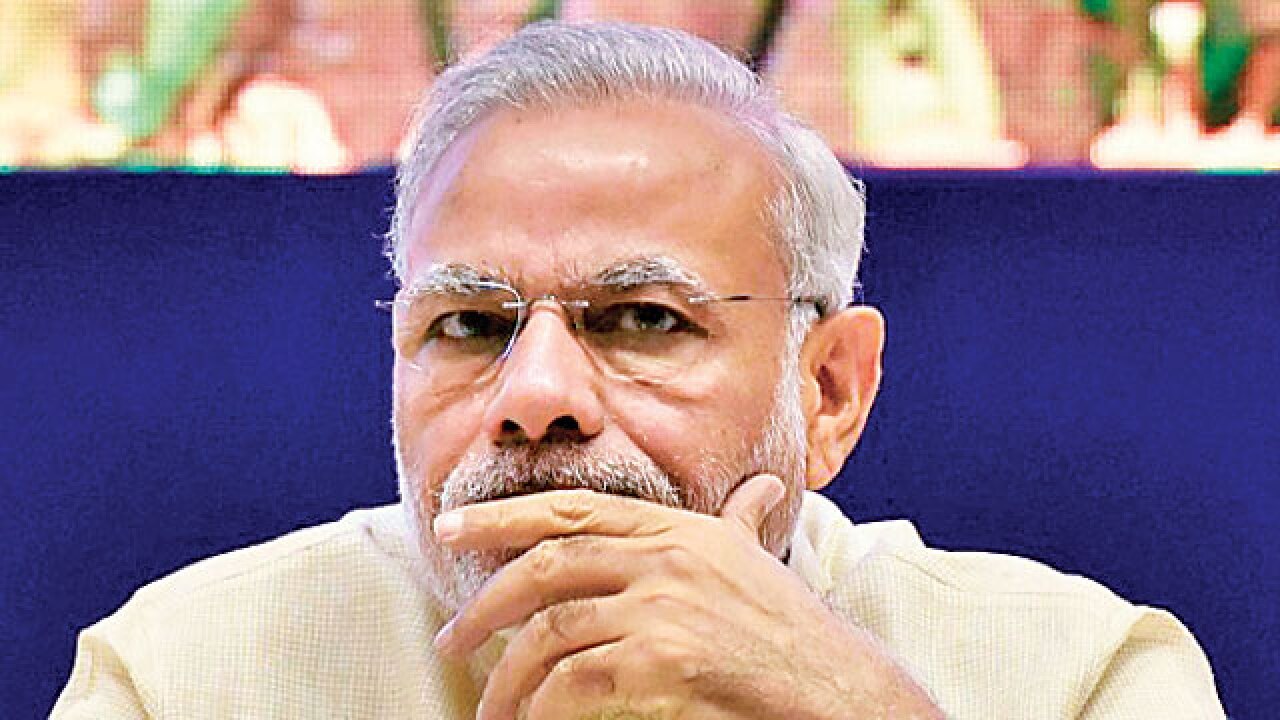
The Chabahar port development agreement between India, Iran and Afghanistan had been in the pipeline for nearly a decade. It has been signed at last on the visit of Prime Minister Narendra Modi to Iran on May 22 and 23. India has offered an initial US$500 million credit line for the project, which would provide India access to Afghanistan and to central Asia. It is an alternative route to these two regions because of the troubled India-Pakistan relations which make the overland route through Pakistan quite a no-go area. India’s access to Afghanistan through Pakistan is dependent on normalisation of India-Pakistan trade relations, which at the moment appears a distant prospect. There is also the added complication with the Taliban and other Islamic militant groups along the Pakistan-Afghanistan border posing a problem to trade movement.
This then has clear and inescapable political connotations. With China developing the adjacent Gwadar port in southern Pakistan, it appears that while China seeks entry southward to the Gulf region through Gwadar, India looks for a route northwards to central Asia. While Pakistan plays the role of a facilitator to China, Iran is doing the same for India. The situation becomes more complicated because Iran-China, and Iran-Pakistan ties are quite close as well in strategic terms. Iran and Pakistan may not see eye to eye over Afghanistan but that is only because of the role of the United States and the presence of the Western forces in Afghanistan. Secondly, while Pakistan is the sponsor of the Taliban, Iran is as much opposed to the Taliban as India is.
Iran has been quite disappointed with the Indian position, especially during Prime Minister Manmohan Singh’s two terms in office from 2004 to 2014, which was conspicuously tilted towards the US in the context of the India-US civil nuclear deal, and the US leaning on Iran over its uranium enrichment programme. Iranians have not forgotten the 2009 India vote against Tehran at the International Atomic Energy Agency (IAEA). But both India and Iran being mature polities have continued to deal with each other and strengthen the bilateral ties. The Chabahar port development agreement is a symbol of this realistic political attitude in the two countries.
The other interesting aspect of Prime Minister Modi’s Iran visit is the stance over the issue of terrorism. In his meeting with Iran’s supreme spiritual leader, Ali Khamenei, Modi is reported to have told the Iranian leader that some years ago India had wanted to organise a meeting of Muslim countries on the issue of fighting terrorism, but some Western countries had opposed it. It is a political and diplomatic teaser. It can be inferred that it must have been the Americans who could have shot down the idea under pressure from Pakistan, and it was possible that the suggestion might have come from Atal Bihari Vajpayee when he was Prime Minister.
In the face of terrorist challenges from Al Qaeda, the Islamic State of Iraq and Syria (ISIS) and the Taliban, all adherents to puritanical Sunni traditions, it is understandable that a Shia-majority Iran would want to fight the threat of jihad from these quarters. But the West has been accusing Tehran of rendering support to Shia militant groups like the Hizbollah in Lebanon, the government of Bashar Al Assad in Syria and the Houthi rebels in Yemen.
It will not be possible for India to take a simplistic stance over the threat of terrorism given the political and sectarian complexity that marks west Asian politics. By the same token, Iran and Saudi Arabia will have nuance positions with regard to Pakistan’s support for anti-India terrorist groups. India will have to learn to walk through the diplomatic minefield.